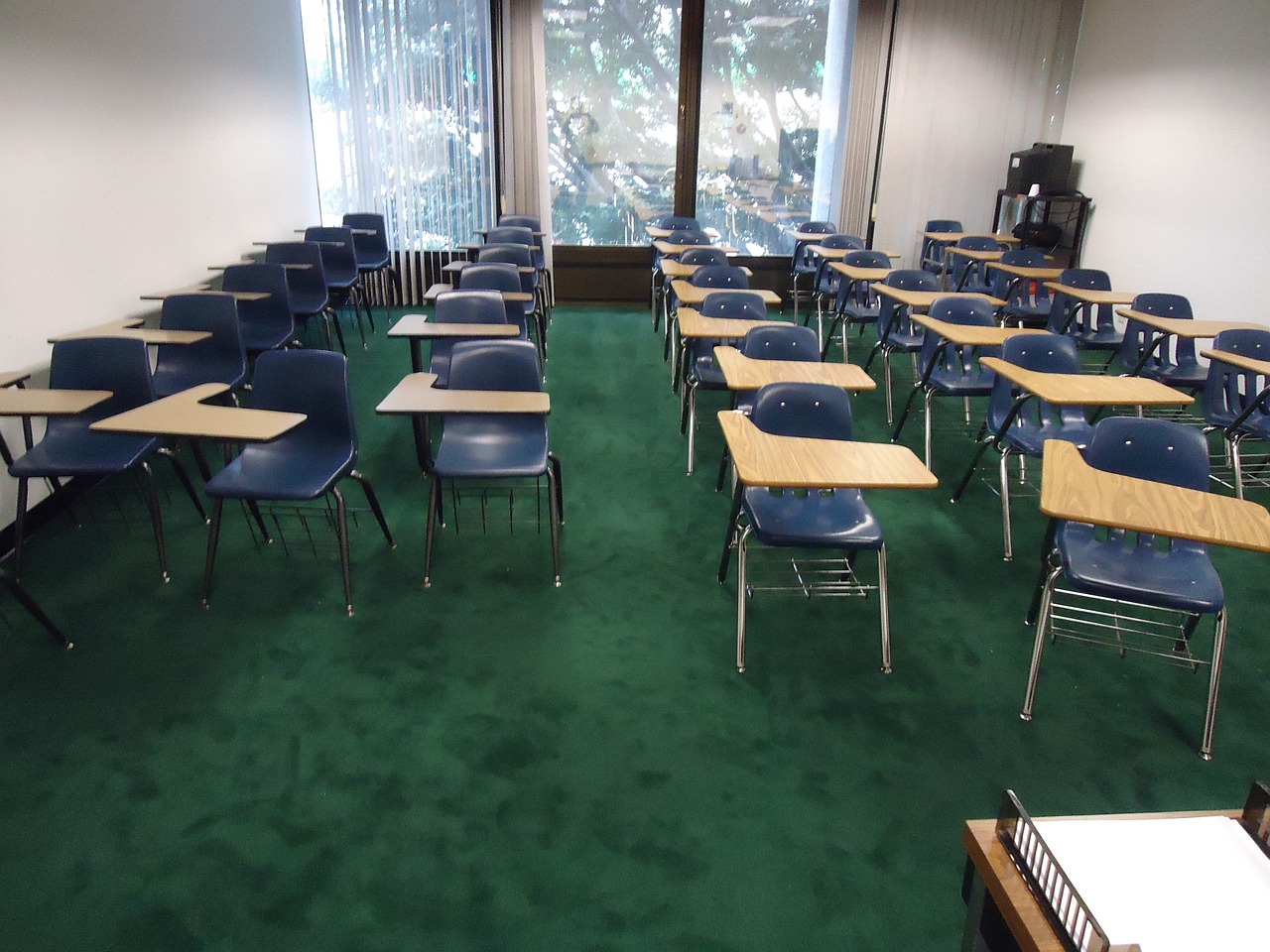4 Ways To Fight Spring Fever Outbreaks
Spring is the time of year when even normally diligent students (and even some faculty) start struggling to pay attention.

It’s that time of year when Spring fever seems to be spreading rapidly from student to student and even makes it way to an educator or two (I’ve definitely suffered from a few bouts over the years). Symptoms include: lack of concentration during classroom discussions; staring longingly out the windows; and a tendency for less effort to be put into assignments.
While the only known cure is summer break, here are strategies I’ve come up with over the years that help limit the damage spring fever causes in my classes.
1. Get Students Outside Anyway You Can
This might be an obvious solution but it really can help. If you’re teaching in a setting that allows for class to be held outside, go ahead and do it. PowerPoint displays are difficult to share, but having students sit in a circle on the grass can foster better classroom discussions in my experience as a professor.
This method lends itself well to liberal arts yet can also work for science. One of the most memorable biology labs of my college career occurred when the professor took us on a warm spring’s excursion along a campus walking trail, pointing out some of the flora and fauna we were studying in our textbooks.
2. Give Students Chances To Be Active
Especially in climates where it is cold in the winter, it can be hard to sit still and inside during the first warm days in months. That’s why this is a good time of year to unveil your most active classroom activities, and get students standing and doing activities on their own.
In my classes that means more writing assignments and some scavenger hunt-type explorations of campus. For instance, I might send students outside of the classroom for 20 minutes to do some person-on-the-street reporting with others on campus, and then come back and report what quotes they got. (This, of course, doesn’t work in all educational settings, but you can adjust as needed.)
3. Let Class Out Early
Some educators will cringe at this and I debated not including it. But I’m okay going on the record as saying that dismissing a class a few minutes early is perfectly fine, especially on warm, beautiful days. After all, time is a poor way to measure learning, and for the topics I teach -- writing and journalism -- I believe the more important lessons take place outside of the classroom, when students are researching and writing their stories.
Tech & Learning Newsletter
Tools and ideas to transform education. Sign up below.
On the other side, as a student, nothing annoyed me more than when I could tell a professor had come to the end of the lecture and was just letting the clock run out with irrelevant asides.
Of course, early dismissal isn’t plausible in many K-12 settings, and even in college, you want to avoid doing it so often that students expect it.
4. Reward Certain Students By Eliminating Assignments
This might be another controversial idea but nothing can reduce symptoms of spring fever quite like telling a student they can skip an assignment. This “treatment” should be used sparingly and only with caution.
For example, I employ it just for students who have earned it by demonstrating proficiency in the subject matter and making them complete a final paper or assignment feels like nothing more than required drudgery.
A variation of this technique is to tweak an assignment so it is more focused on an area in which a student still needs improvement. For instance, maybe a student of mine in a journalism class has demonstrated they can write good summaries of events but still struggle with one-on-one interviews. Rather than a full story, I might ask them to interview an additional person and discuss that experience with me.
Students really appreciate this individualized treatment and, in my experience, they learn more as a result. They also get to spend a little more time outside doing something they enjoy, and that's important to provide to our students when we can as well.
Erik Ofgang is a Tech & Learning contributor. A journalist, author and educator, his work has appeared in The New York Times, the Washington Post, the Smithsonian, The Atlantic, and Associated Press. He currently teaches at Western Connecticut State University’s MFA program. While a staff writer at Connecticut Magazine he won a Society of Professional Journalism Award for his education reporting. He is interested in how humans learn and how technology can make that more effective.













